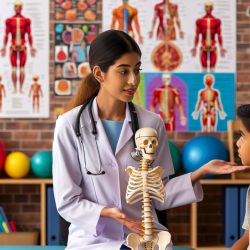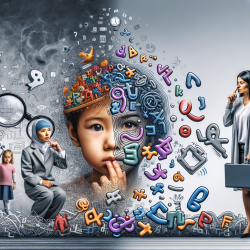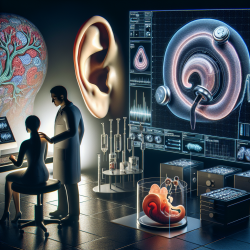As practitioners, it's crucial to recognize that assessing low back pain (LBP) in children and adolescents is fundamentally different from assessing adults. Recent research by Pate et al. (2022) highlights these differences and provides valuable insights for improving clinical practice.
The Unique Challenges of Pediatric LBP
Children are not simply "little adults." They present unique pathologies that require careful consideration during diagnosis and treatment. Some of these include:
- Serious Pathologies: Conditions such as infection, fractures, child abuse, and malignancy.
- Growth-Related Pathologies: Scoliosis, Scheuermann's disease, pars fracture, and spondylolysis.
- Rheumatological Conditions: Juvenile idiopathic arthritis and ankylosing spondylitis.
The Importance of Developmental Milestones
A thorough understanding of typical developmental milestones is essential. This knowledge helps identify any regression or delayed development that might be contributing to the child's pain experience. Listening actively to both the child's narrative and their guardian's input is crucial for an accurate assessment.
Conducting a Child-Centered Physical Examination
The research emphasizes the need for a flexible structure in physical examinations. Practitioners should implement pediatric-specific outcome measures pragmatically, considering factors like time constraints, complexity, and suspected pathology. Deciding on the type and timing of tests requires unique child-centered considerations.
Treatment Planning and Re-Assessment
A systematic and rigorous approach to treatment planning and re-assessment is proposed for managing pediatric LBP. This ensures that interventions are appropriately tailored to the child's specific needs and developmental stage.
Encouraging Further Research
This research serves as a reminder of the importance of continuous learning and adaptation in clinical practice. Practitioners are encouraged to delve deeper into pediatric-specific studies to enhance their understanding and improve patient outcomes.
For those interested in exploring this topic further, I highly recommend reading the original research paper by Pate et al. To read the original research paper, please follow this link: Assessing a child or adolescent with low back pain is different to assessing an adult with low back pain.










